serves 2
Ingredients
-
200g noodles
-
2 tbsp Chinese sesame paste (or tahini)
-
1 tbsp peanut butter
-
2 tbsp soy sauce
-
2 tsp rice vinegar
-
1 tsp chilli oil (I used Gulp)
-
1 tsp golden granulated sugar
-
1 garlic clove (optional)
-
10g ginger (optional)
-
2 spring onions
-
1 tbsp sesame seeds
Method
Bring a pan of seasoned water to a boil for the noodles. In a small frying pan, toast the sesame seeds until golden.
In the meantime, make the paste by mixing together the sesame paste, peanut butter, soy sauce, rice vinegar, sesame oil, chilli oil and sugar. If you want to take it to the next level, also peel and grate in the garlic and ginger, but if you’re short on time, you can leave it out. Thinly slice the spring onions.
Cook the noodles according to the instructions, but before draining them, use a mug or ladle to reserve around 75 ml of the water. Add it to the paste and stir it until you have a loose sauce. Divide the sauce over two bowls, add the noodles and mix well to coat the noodles evenly. Garnish with the sliced spring onions and sprinkle over the sesame seeds.

Taiwanese Sesame Noodles
Ingredients
- 200 g noodles
- 2 tbsp Chinese sesame paste (or tahini)
- 1 tbsp peanut butter
- 2 tbsp soy sauce
- 2 tsp rice vinegar
- 1 tsp chilli oil (I used Gulp)
- 1 tsp golden granulated sugar
- 1 garlic clove
- 10 g ginger (optional)
- 2 spring onions
- 1 tbsp sesame seeds
Instructions
- Bring a pan of seasoned water to a boil for the noodles. In a small frying pan, toast the sesame seeds until golden.
- In the meantime, make the paste by mixing together the sesame paste, peanut butter, soy sauce, rice vinegar, sesame oil, chilli oil and sugar. If you want to take it to the next level, also peel and grate in the garlic and ginger, but if you’re short on time, you can leave it out. Thinly slice the spring onions.
- Cook the noodles according to the instructions, but before draining them, use a mug or ladle to reserve around 75 ml of the water. Add it to the paste and stir it until you have a loose sauce. Divide the sauce over two bowls, add the noodles and mix well to coat the noodles evenly. Garnish with the sliced spring onions and sprinkle over the sesame seeds.
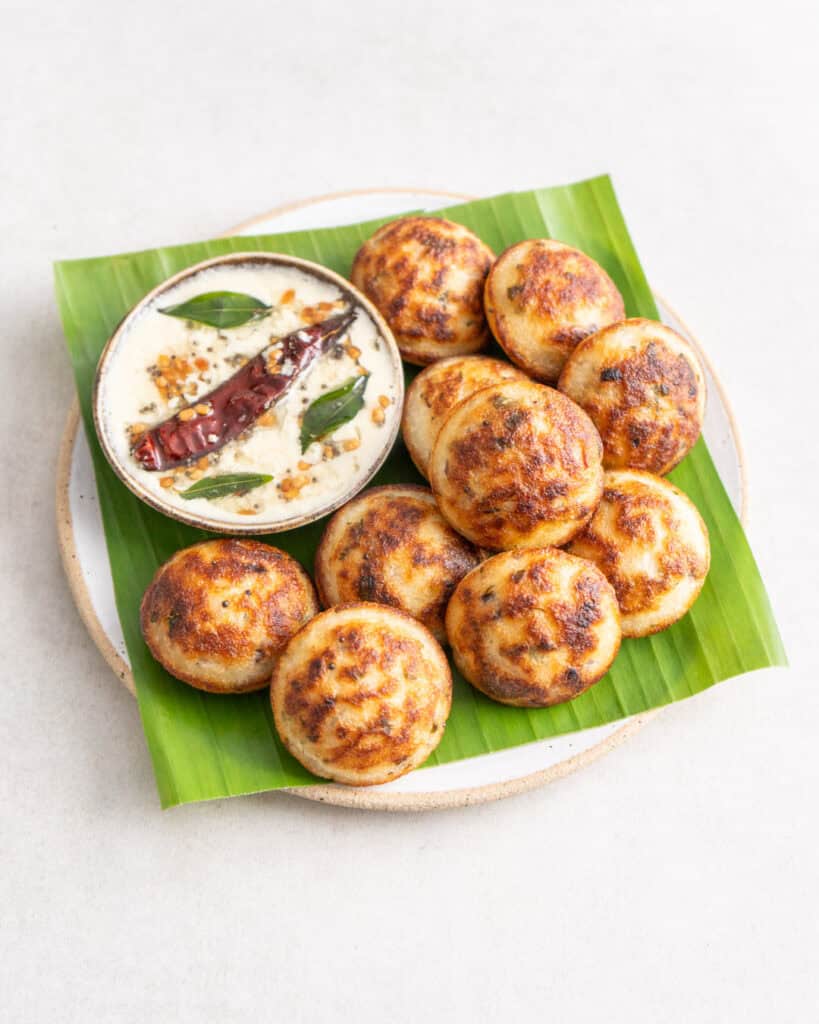


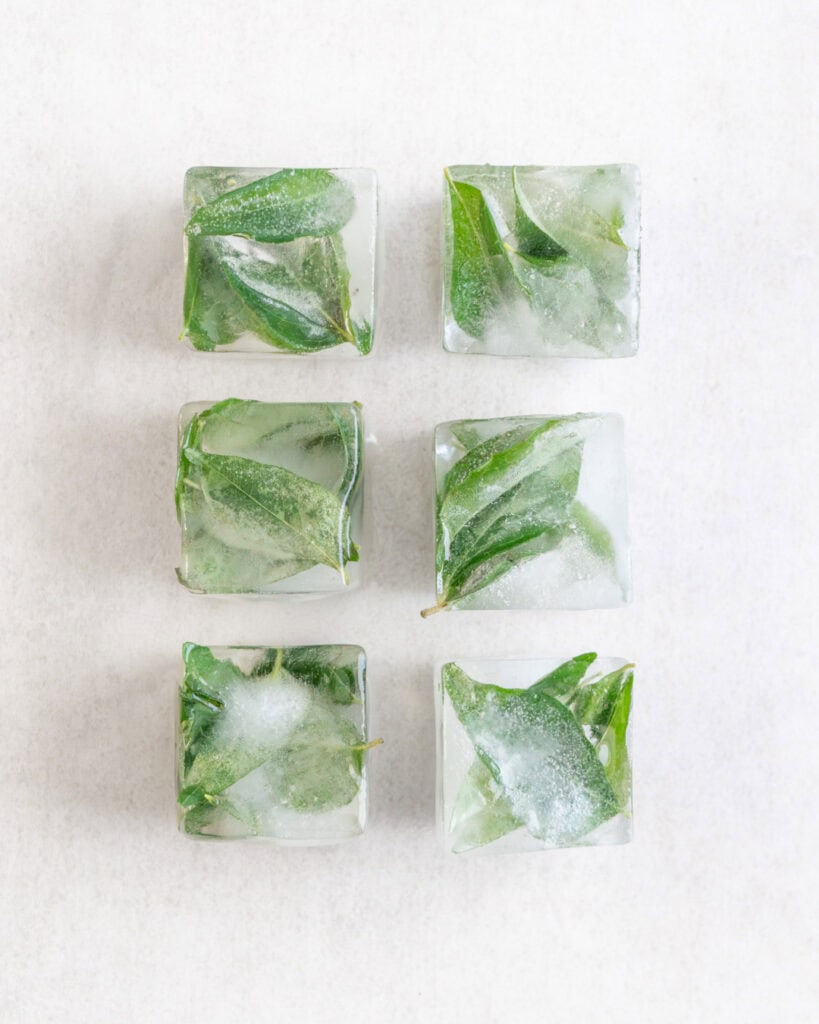
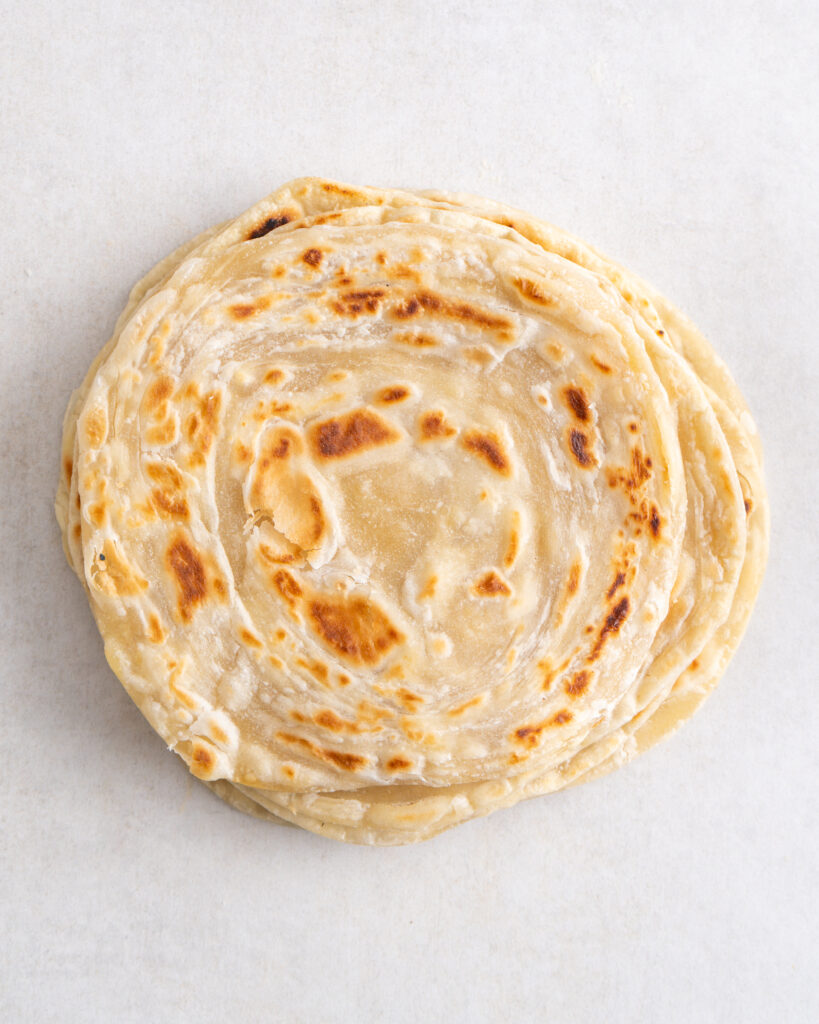
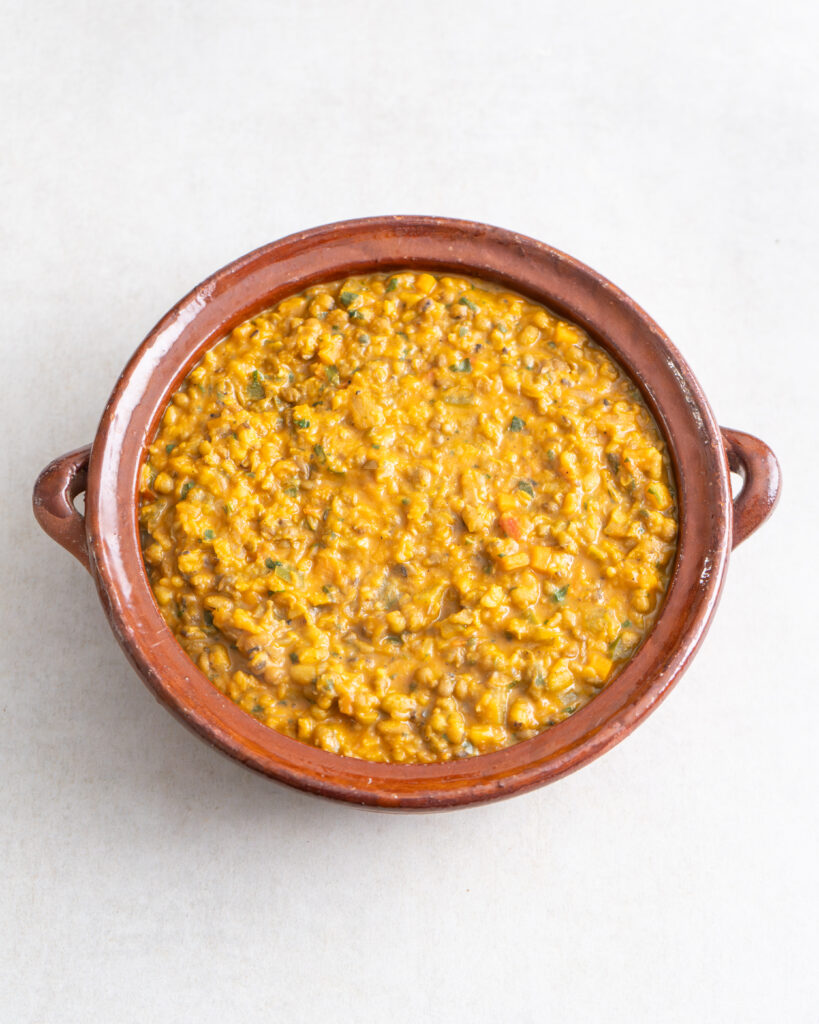
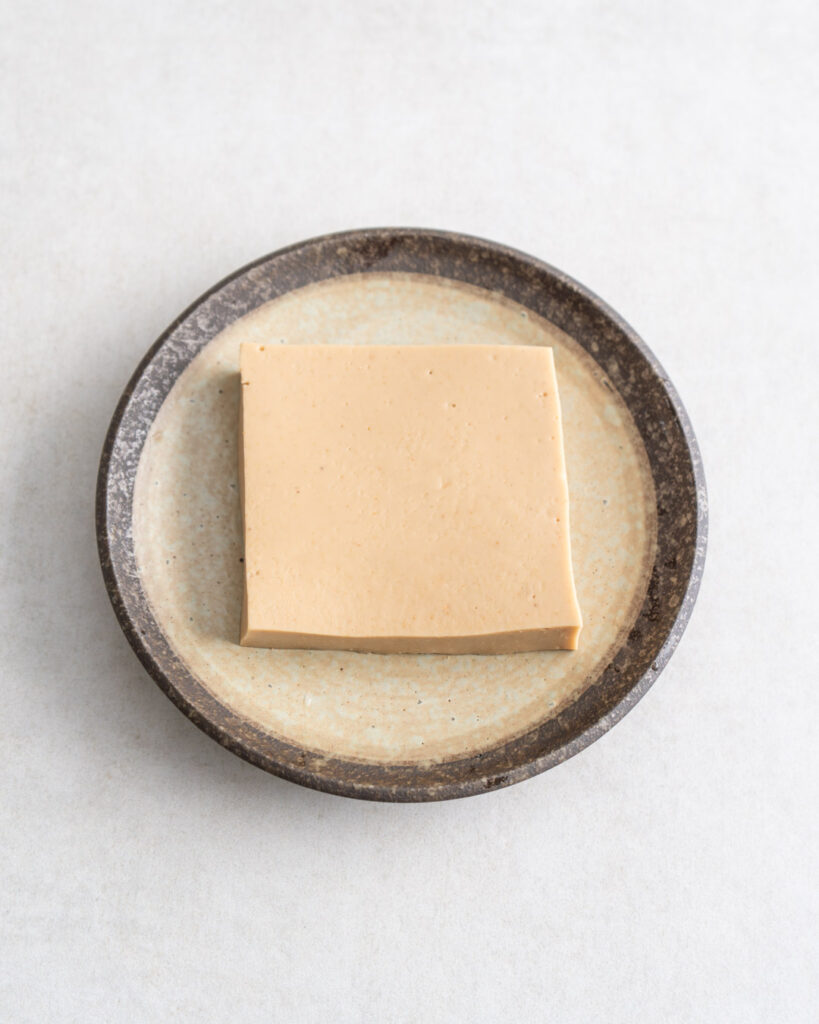
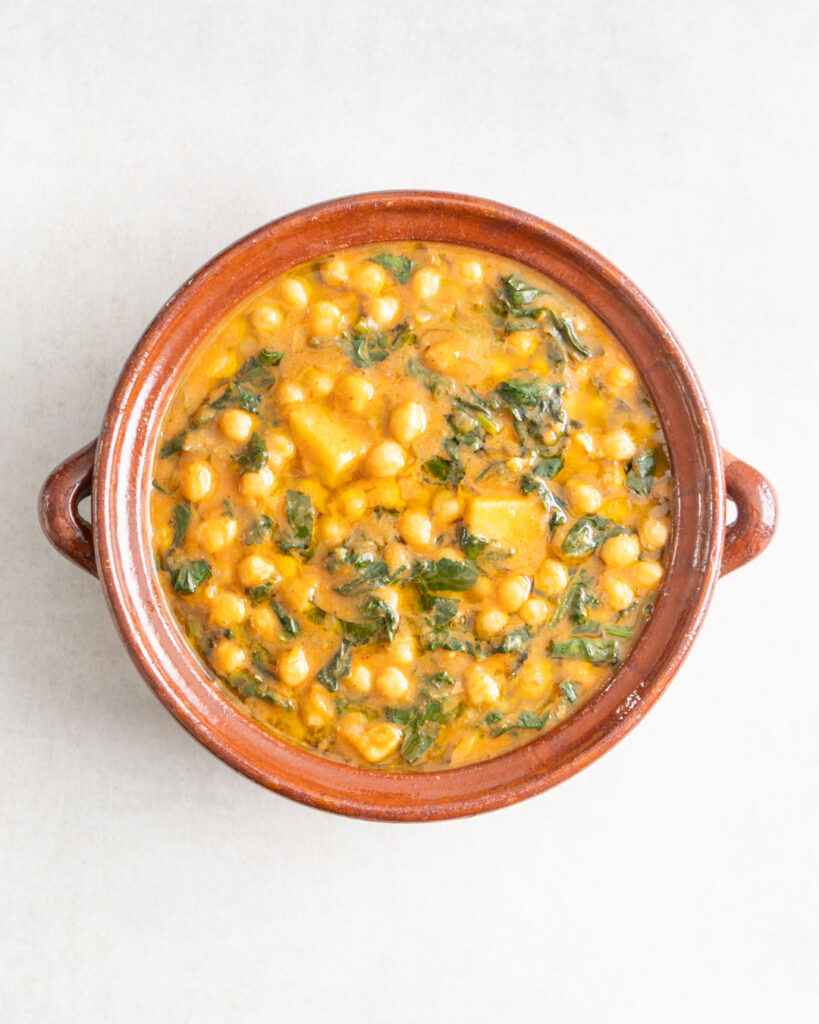
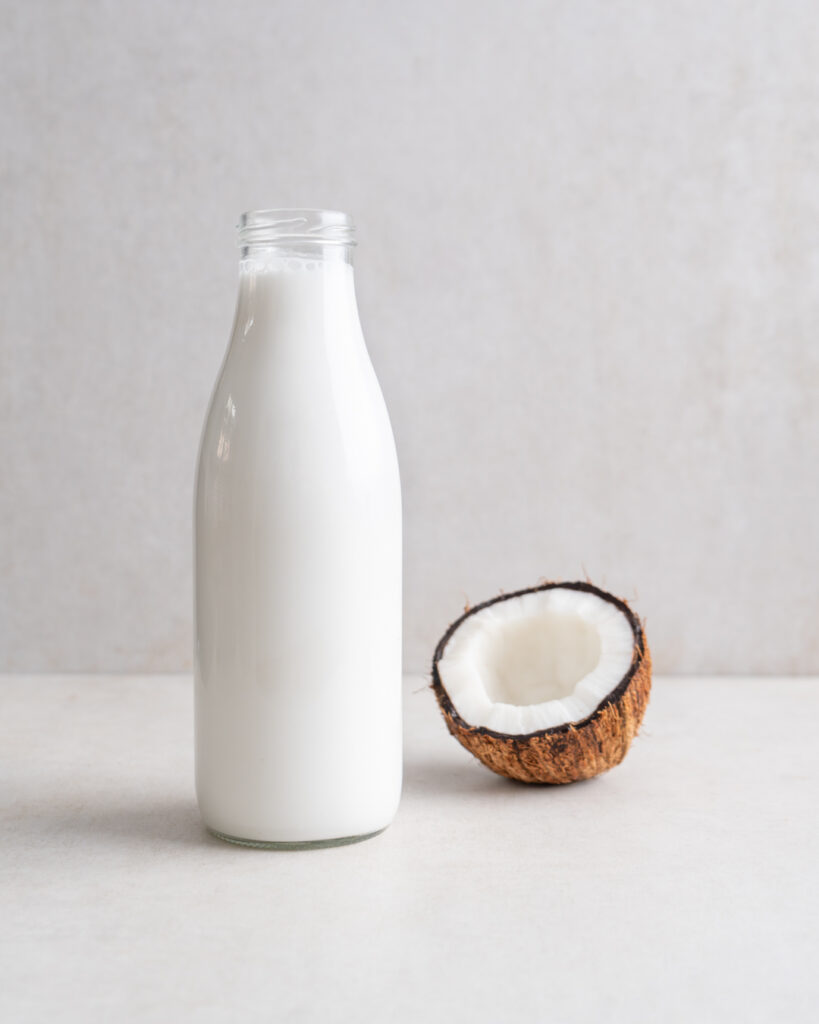
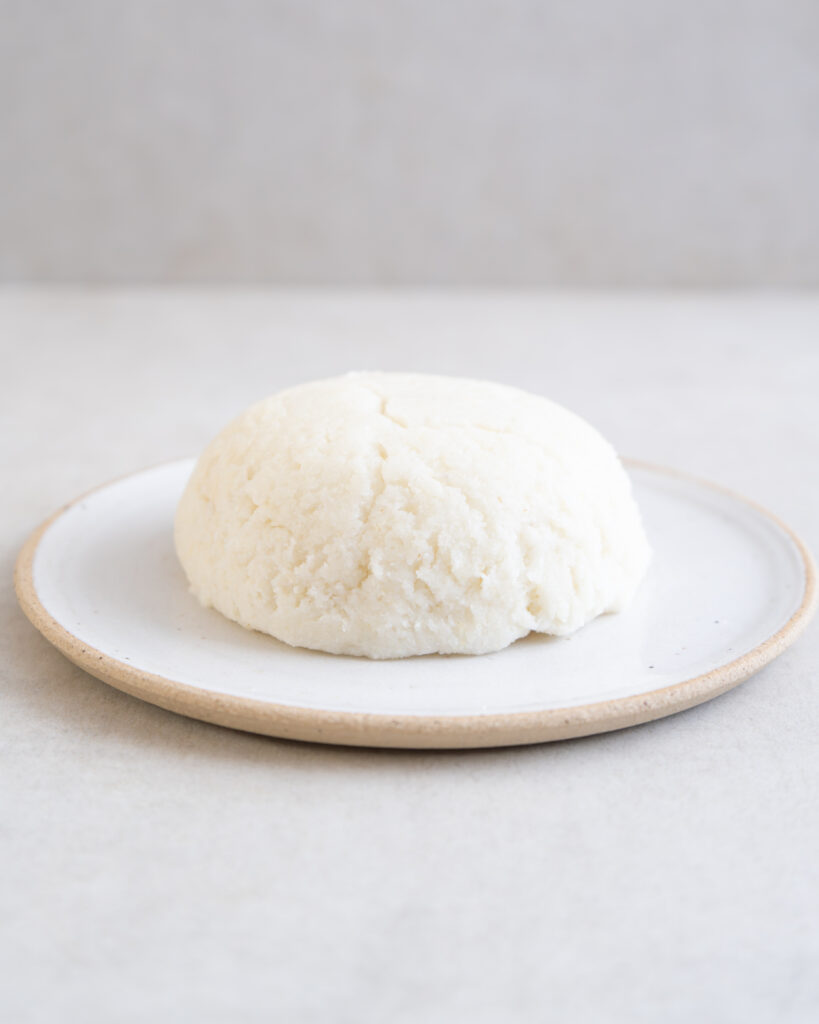

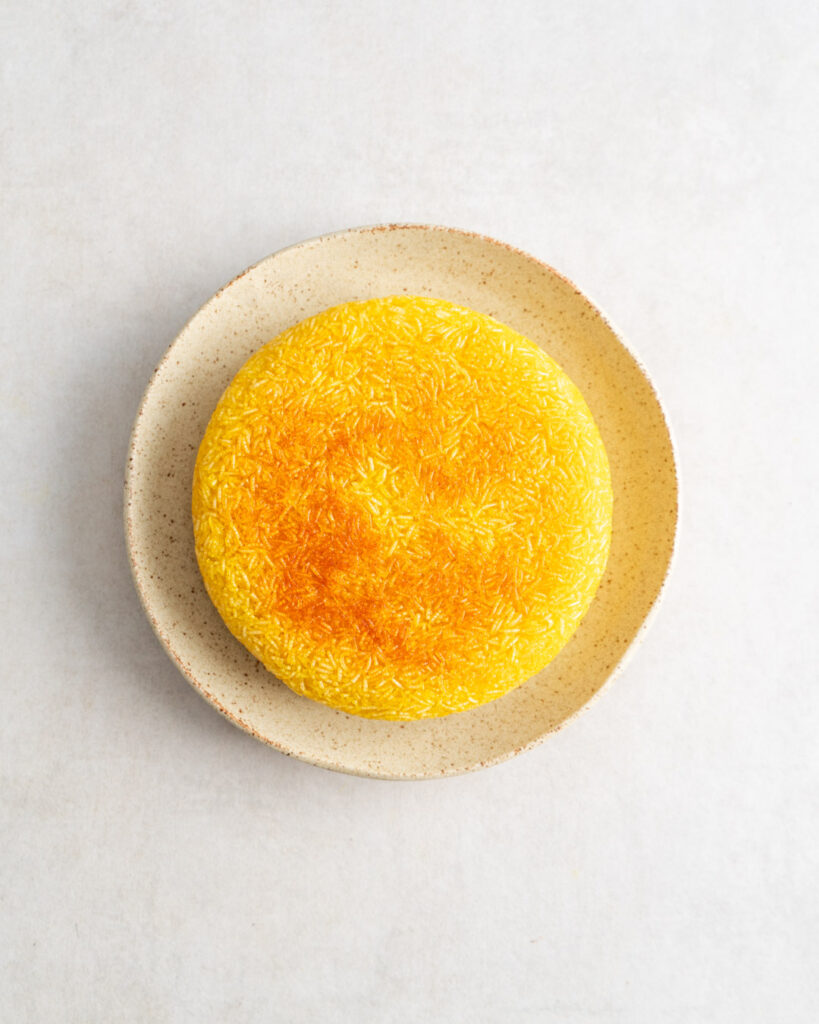



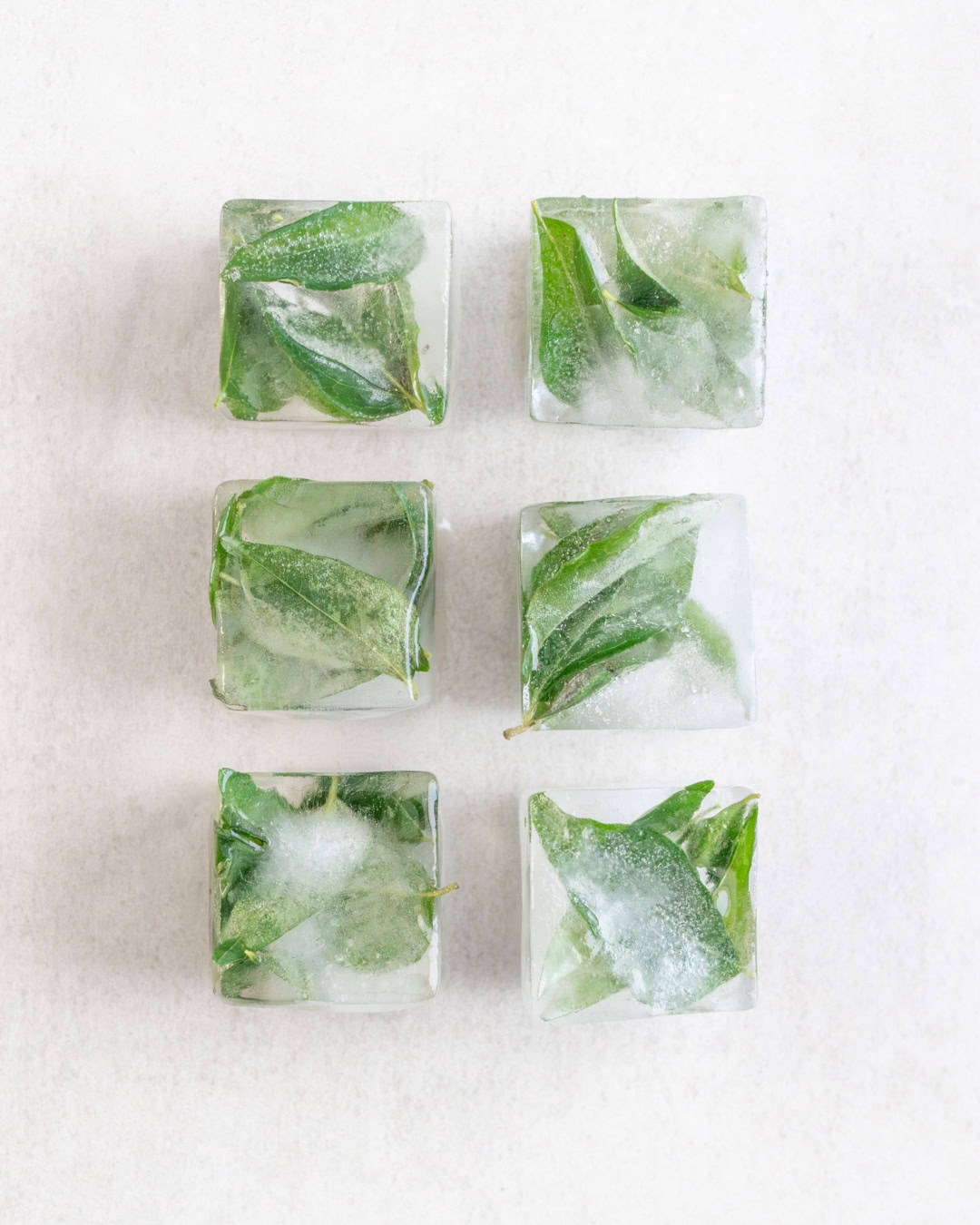








0 Comments